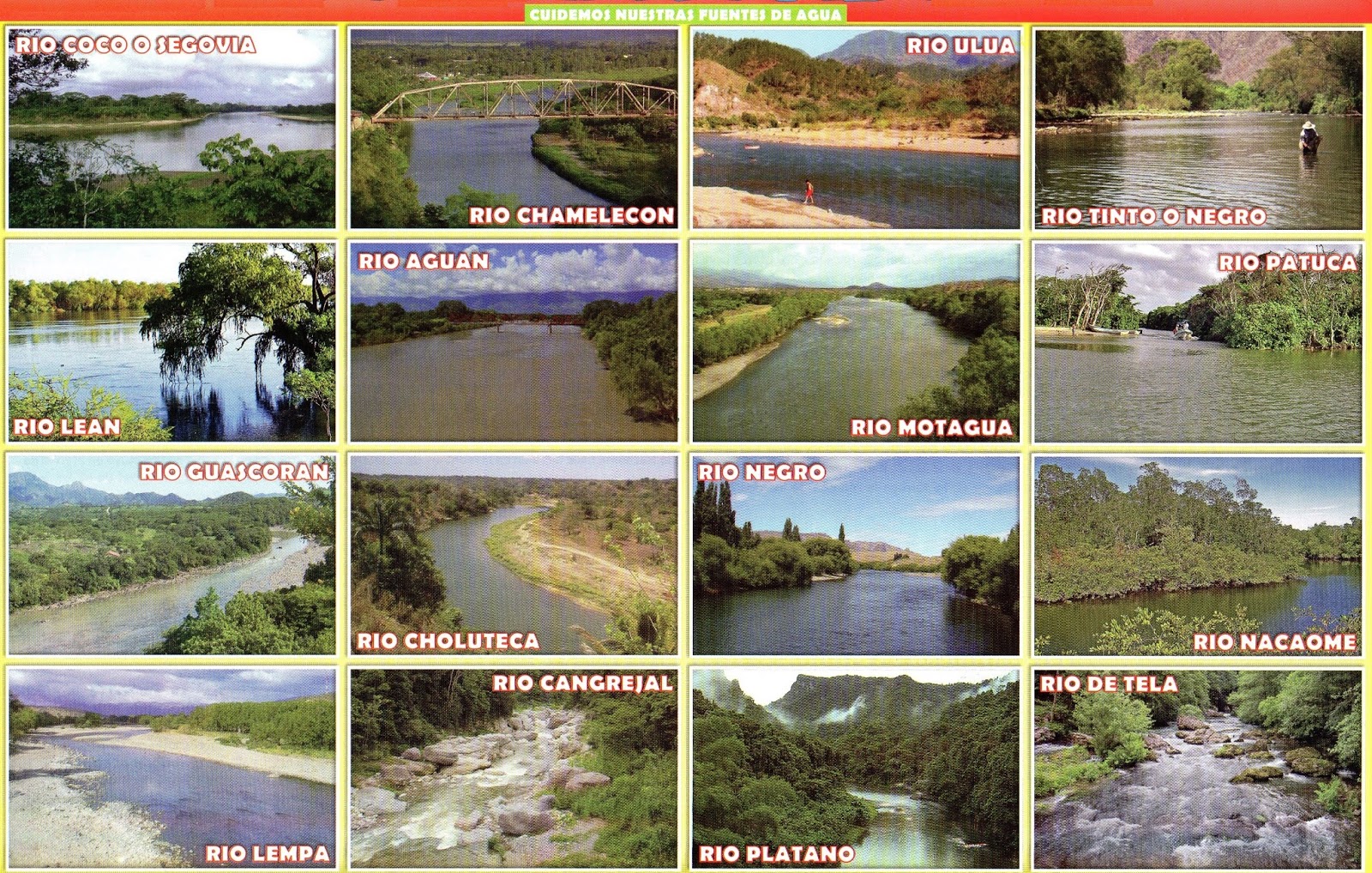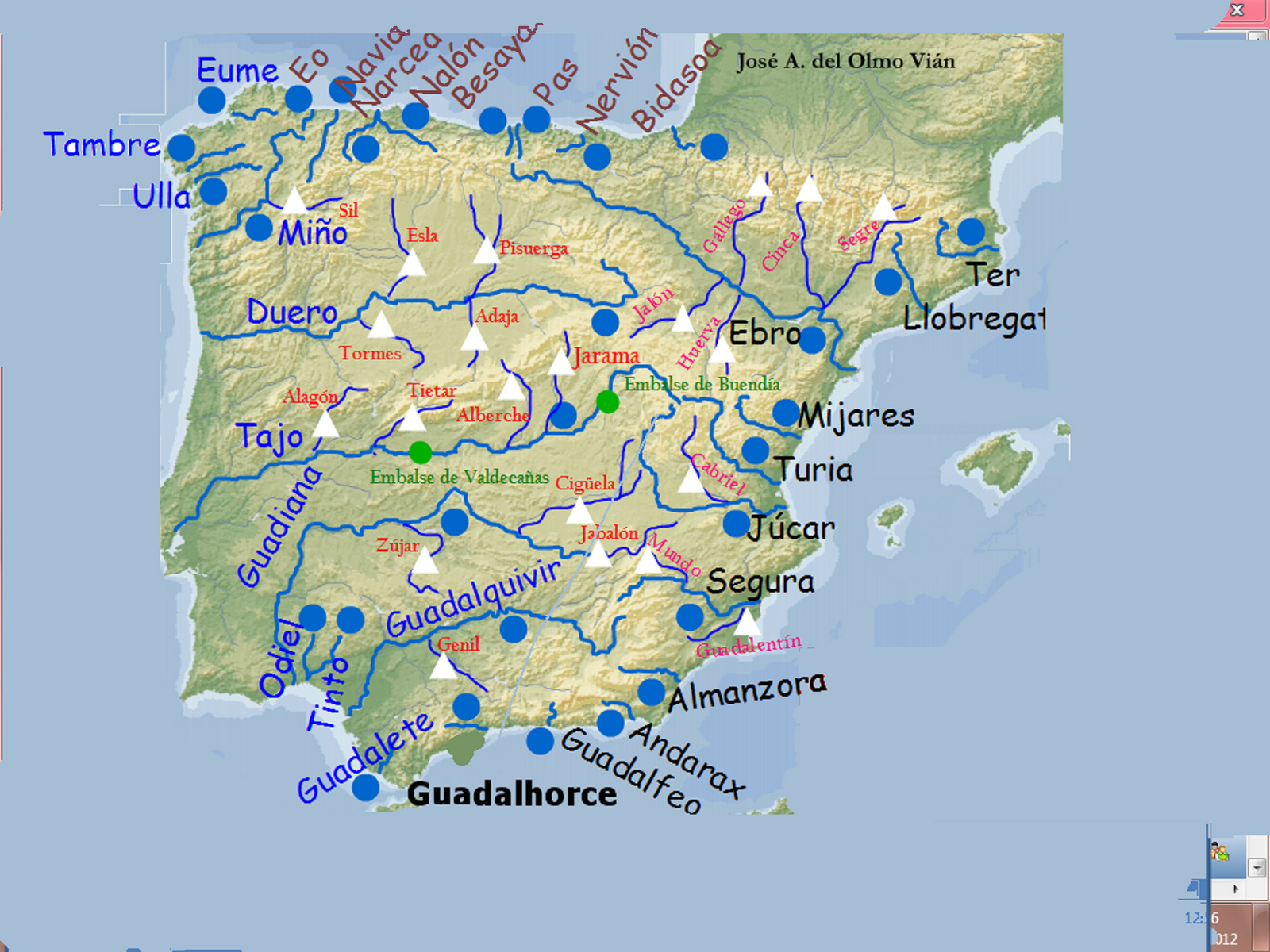Unveiling Spain's Liquid Arteries: Cuales son los principales rios de España?
Spain, a land of sun-drenched plains, soaring mountains, and vibrant culture, is also home to a network of rivers that have shaped its history and identity. From the mighty Ebro, carving its way through the northeast, to the languid Guadalquivir meandering through Andalusia, these rivers are more than just geographical features; they are lifelines. They have provided irrigation for agriculture, transportation routes for trade, and inspiration for artists and poets throughout the ages.
But "cuales son los principales rios de España?" Which are the major rivers that pulse through the heart of this Iberian nation? The answer lies in understanding not just their names but their significance in shaping the Spanish landscape and culture.
The five major rivers of Spain, often referred to as the "great rivers," are the Ebro, Tagus (Tajo), Duero, Guadiana, and Guadalquivir. Each river boasts its own unique characteristics, tracing its course through distinct geographical regions and playing a crucial role in the development of surrounding cities and towns.
The Ebro, the longest river entirely within Spain, rises in the Cantabrian Mountains and flows southeastward, emptying into the Mediterranean Sea. Its fertile basin has been a cradle of civilization since ancient times, supporting agriculture and giving rise to major cities like Zaragoza.
Meanwhile, the Tagus, Spain's longest river overall, begins its journey in the Sierra de Albarracín and flows westward through Spain and Portugal before reaching the Atlantic Ocean near Lisbon. Its course has witnessed the rise and fall of empires, leaving behind historical cities like Toledo, a testament to its enduring presence.
The Duero, flowing west to the Atlantic, has carved out a path through stunning canyons and vineyards, shaping the landscape and economy of regions renowned for their wine production. Similarly, the Guadiana, which meanders through Spain and Portugal, holds cultural and historical significance, its waters reflecting the Moorish influence on the region.
Finally, the Guadalquivir, the only major river in Spain with significant maritime traffic, winds its way through the heart of Andalusia. Its fertile valley has been a center for agriculture for centuries, supporting the growth of cities like Seville and Cordoba, where the echoes of Moorish Spain still resonate.
Advantages and Disadvantages of Spain's Major Rivers
| Advantages | Disadvantages |
|---|---|
| Provide irrigation for agriculture, supporting food production | Susceptible to droughts, impacting water supply and agriculture |
| Serve as transportation routes for trade and commerce | Potential for flooding, causing damage to property and infrastructure |
| Offer opportunities for hydroelectric power generation, contributing to renewable energy | Construction of dams and reservoirs can impact ecosystems and wildlife habitats |
| Enhance tourism and recreation, providing scenic beauty and opportunities for activities like boating and fishing | Pollution from industrial and agricultural activities can degrade water quality |
Common Questions about Spain's Rivers
1. Which is the longest river in Spain?
The Tagus (Tajo) is the longest river in Spain, although it also flows through Portugal.
2. Which is the longest river entirely within Spain?
The Ebro River is the longest river contained entirely within Spain's borders.
3. Which river is famous for its wine production?
The Duero River flows through regions renowned for their vineyards and wine production.
4. Which river is known for its significant maritime traffic?
The Guadalquivir River is notable for being the only major river in Spain with substantial maritime traffic.
5. What is the historical significance of the Tagus River?
The Tagus River has witnessed the rise and fall of empires and is associated with historical cities like Toledo.
6. How do Spain's rivers contribute to the economy?
Spain's rivers contribute to agriculture, transportation, hydroelectric power generation, and tourism.
7. What are the environmental concerns related to Spain's rivers?
Droughts, pollution, and the impact of dam construction on ecosystems are concerns related to Spain's rivers.
8. What is being done to protect Spain's rivers?
Efforts are underway to address pollution, promote sustainable water management practices, and conserve ecosystems.
These rivers are not merely lines on a map; they are the lifeblood of Spain. Understanding their significance is to appreciate the intricate connection between geography, history, and culture that defines this captivating country.
Unveiling the moons dimensions exploring lunar size and significance
Unveiling the secrets of toyota highlander torque specs
The art of the preppy shrek reimagining an ogre














